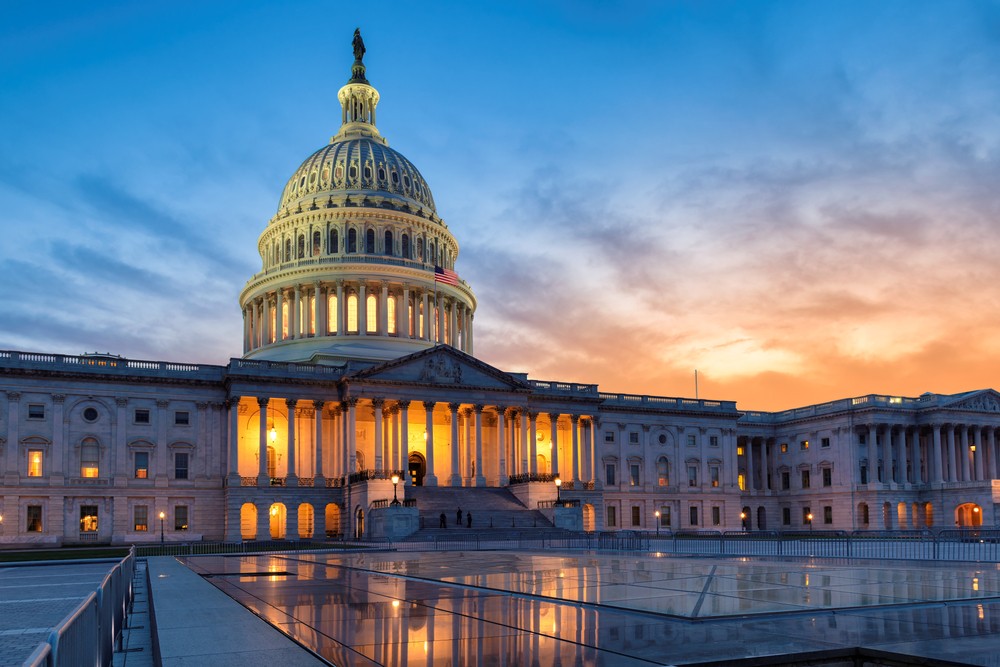“We Have a Deal”: Infrastructure Bill Receives Bipartisan Support

An ambitious infrastructure bill has been part of the new administration’s plan since Day One. But as soon as negotiations began, the president’s proposed $2 trillion bill faced opposition. After months of back-and-forth, the sides appear to have reached an accord. The new bill comes in at just over half the size of the original, yet maintains some of the president’s key areas of focus. Here’s a look at what Americans can expect — and how the manufacturing sector benefits.
The basics of the bill
According to reports from The Hill, the new infrastructure bill proposes “$579 billion in new spending over five years for a total of $973 billion over five years and just over $1.2 trillion over eight years.” This is a far cry from the original $2 trillion plan, but key components of the original bill remain priorities in the scaled down version.
Transportation remains the core focus. Roughly $312 billion will go into transportation programs to build new roads, bridges, airports, and more. Part of this transportation allocation will also include a focus on electric vehicle manufacturing, and its associated infrastructure, as a means of modernizing transportation in the United States.
Another $266 billion will cover utilities, with special emphasis on power, water and wet utilities, broadband accessibility, environmental remediation, and more.

A caveat for budget reconciliation
While the bipartisan breakthrough on an infrastructure bill is a step forward, there is still an issue surrounding the Senate’s passage of a budget reconciliation bill. Democrats are pushing for the Senate to pass several administration priorities before they offer their support for the revised infrastructure bill.
President Biden has made it clear that he would only sign a bipartisan infrastructure bill if a reconciliation bill hit his desk at the same time. “If only one comes to me — if this is the only one that comes to me — I’m not signing it. It’s in tandem,” the President said. While budget reconciliation will likely happen, there isn’t a definite timeline, which pushes pause on the passing of the infrastructure bill.
Manufacturers stand to benefit from infrastructure investment
One of the biggest goals of the bill is to create a more modern transportation system. Manufacturing in the transportation sector — particularly automotive manufacturing — are poised to secure powerful government contracts in the coming years. The infrastructure plan also includes funding for new schools and hospitals, so manufacturers in utilities and waterworks will likely see similar demand.
Another goal of the bill is bringing broadband internet to most of the country, which requires telecom manufacturing. And manufacturers in clean energy can also expect a rise in demand as the focus of infrastructure modernization extends to the national power grid.
The manufacturing future looks brighter already
Despite ongoing hurdles, the infrastructure deal is good news for the manufacturing sector. Manufacturers across the board will be prime movers in the implementation of new infrastructure. The transportation and renewable energy industries will play a particularly vital role in implementing the bill’s proposed modernizations.